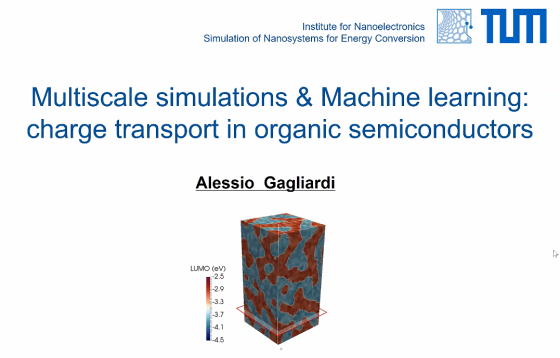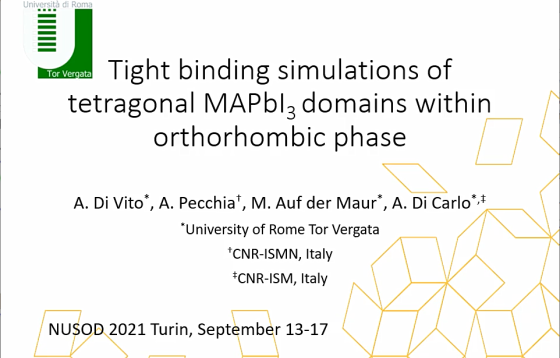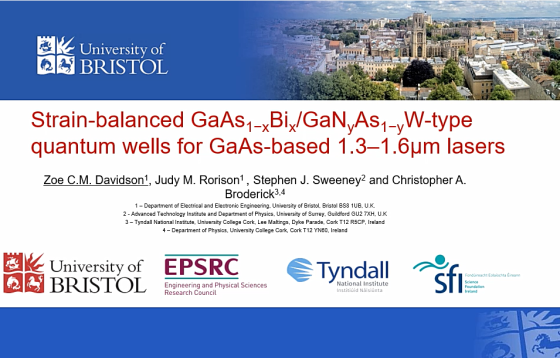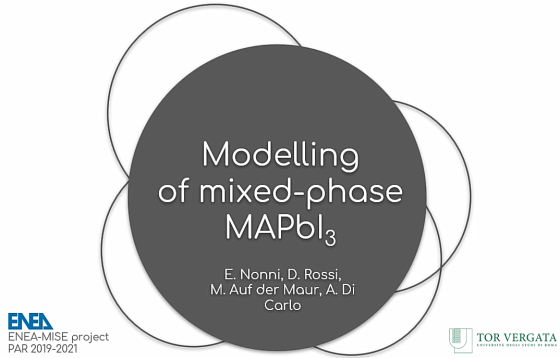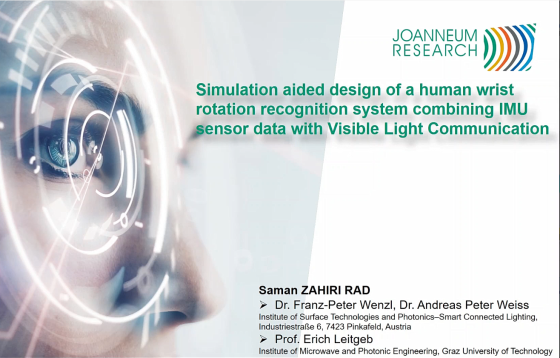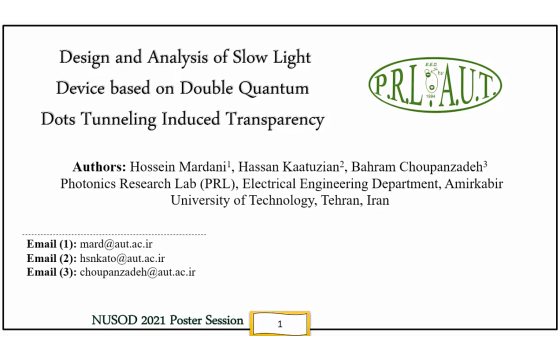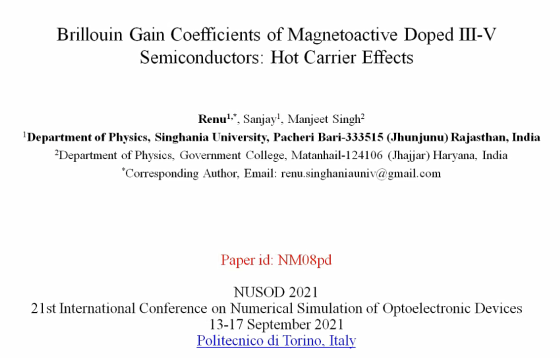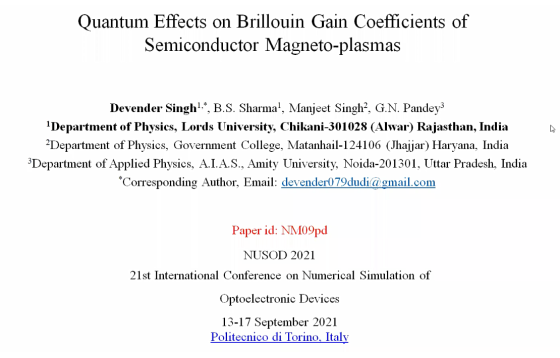NM01–Machine Learning & multiscale simulations: toward fast screening of organic semiconductor materials
Organic semiconductor devices promise cost-efficient processability at low temperatures, but the usually amorphous materials suffer from low charge carrier mobility. The search for high mobility organic semiconductor materials has thrived data science and Machine Learning approaches to screen the vast amount of possible organic materials. We present a multiscale simulation model based on machine learned […]




